In this post, we will see the concept of high-speed counters and fast counters in PLC (programmable logic controllers).
Every PLC has some dedicated digital inputs for sensing inputs which are very fast and high speed in nature. The frequency of such inputs is so high that a normal digital input will not be able to sense it.
For example, consider a proximity sensor. It changes its value 20 times (on or off) in every second. So, it is the function of these dedicated inputs to sense these elements. A normal digital input like a push button or switch has much lower frequencies which makes it to use only in a normal digital PLC input terminal.
The term of these types of fast speed inputs varies with manufacturers. We will see a general term of high-speed inputs and fast inputs.
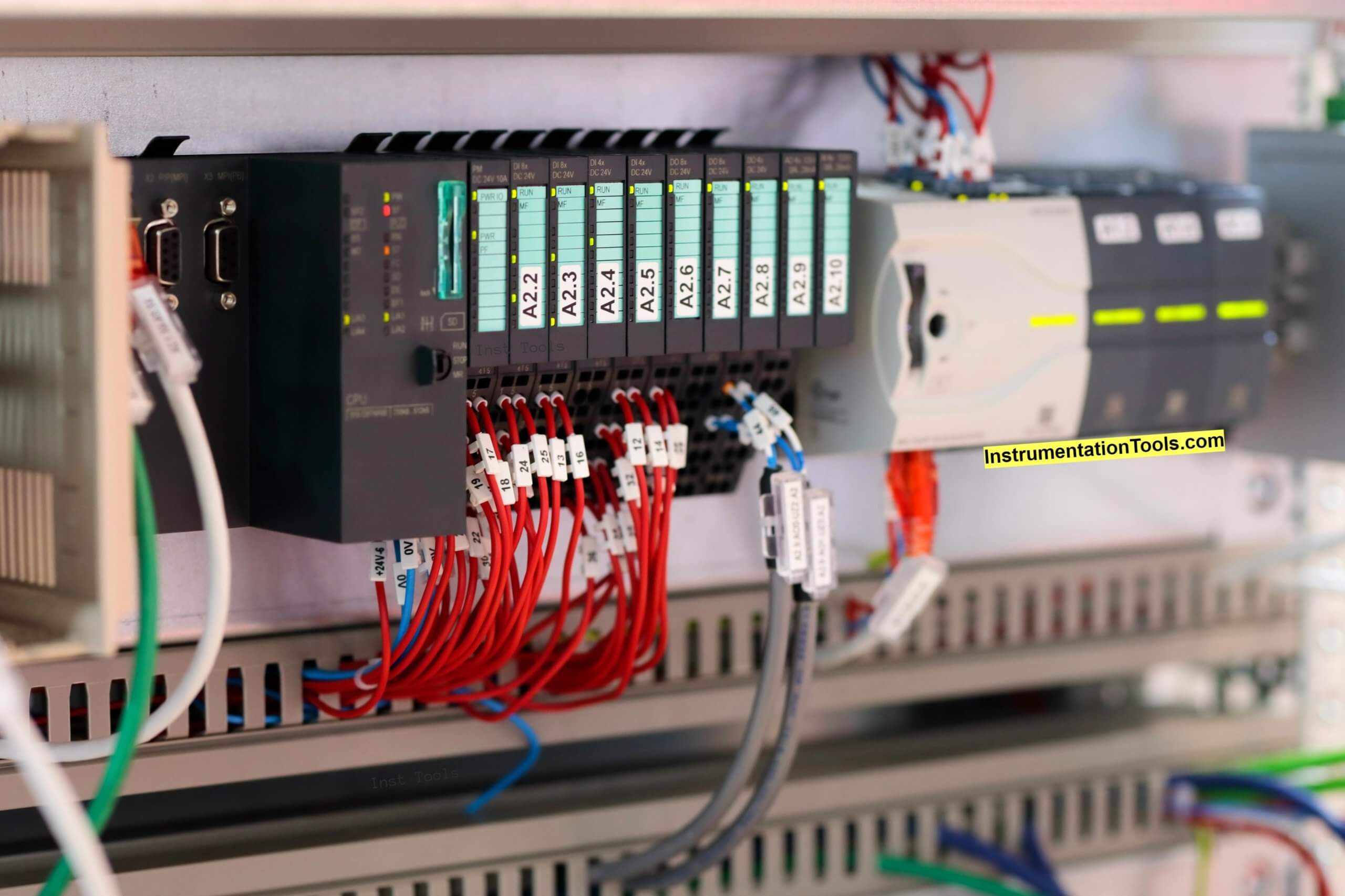
Fast Counters in PLC
A fast input is an input that has a maximum frequency of 5 kHz. There will be in general 3-4 inputs in PLC of this type. A proximity or laser sensor can be defined in such type.
For sensing such inputs, a counter is used for counting the number of pulses received in an assigned fast digital input. This counter is called a fast counter.
These counters are managed by specific hardware interrupts and maximum frequency sampling rates may vary depending on the application and configuration.
As the name implies, a set value is defined in the counter. When the number of pulses reaches the set value, the counter output goes high.
Similar to a normal counter, you have the facility of resetting the counter when required.
Also Read: High-Speed Inputs in PLC
High-Speed Counters
A high-speed input is an input that has a maximum frequency of 100 kHz. There will be in general 3-4 inputs in PLC of this type.
An encoder can be defined in such type. For sensing such inputs, a counter is used for counting the number of pulses received in an assigned high-speed digital input. This counter is called as a high-speed counter.
As the encoder has multiple wires including multi-phase outputs, various configuration modes are designed in the counter for giving flexibility to the programmer.
Some of the most commonly used modes are – single-phase, A=Up and B=Down, A=Pulse and B=Direction, Normal Quadrature X1, Normal Quadrature X2, Normal Quadrature X4, Reverse Quadrature X1, Reverse Quadrature X2, Reverse Quadrature X4.
Similar to a normal counter, it has the facility of synchronizing or resetting the counter. But, an additional feature is an input of presetting the counter. It means that when an input pulse is given to this pin of the counter, a preloaded value will be set in the counter current value.
Then, as these counters are very fast, it is difficult to compare the current value with the set value and give an output from the comparison.
If a normal comparator was used in the program logic for comparing current and set values, it will give an output after a big deviation due to PLC scan time.
So, these counters have the facility of giving an internal output from the counter itself. The counter will compare the current value with the set value and generate an output automatically as soon as the comparison is achieved.
Various counting modes are available in this counter depending on the PLC manufacturer. It is thus defined that a normal digital input cannot be assigned for such types of inputs.
A counter as discussed earlier will be required to use these inputs and dedicated PLC inputs are given by the manufacturer for wiring these inputs.
If you liked this article, then please subscribe to our YouTube Channel for Instrumentation, Electrical, PLC and SCADA video tutorials.
You can also follow us on Facebook and Twitter to receive daily updates.
Read Next:
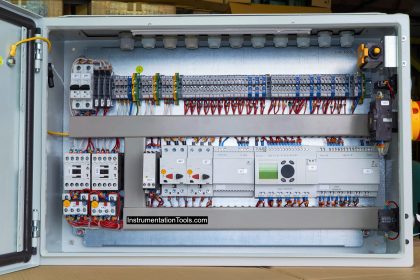


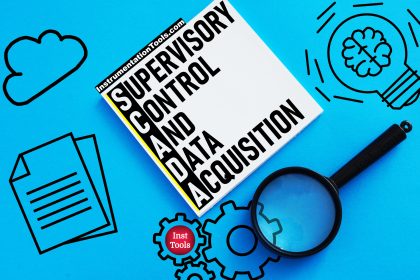
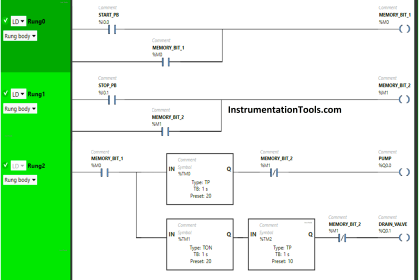


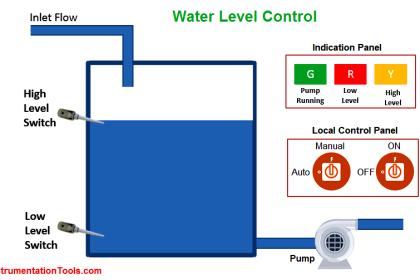
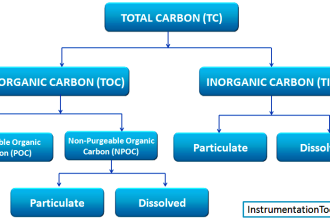
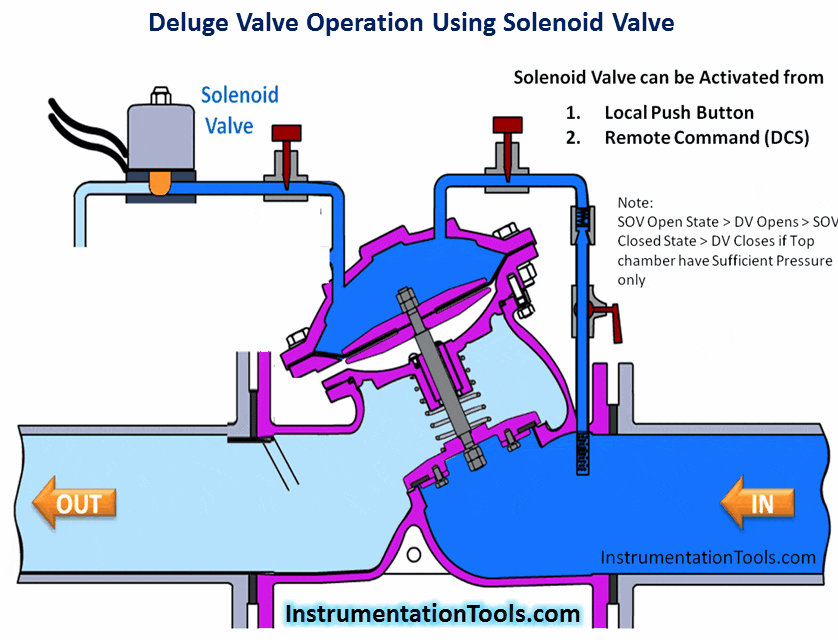
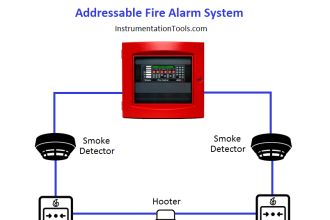

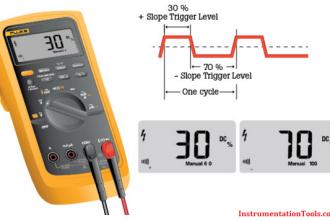
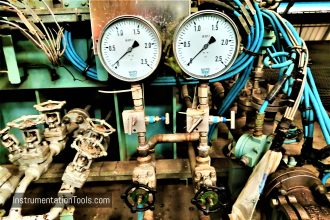



Good